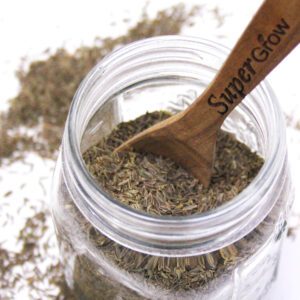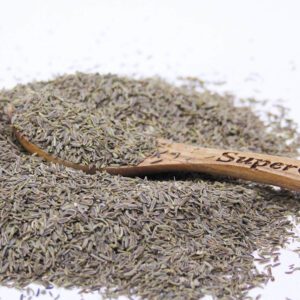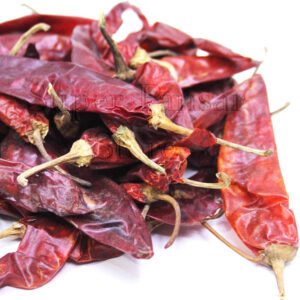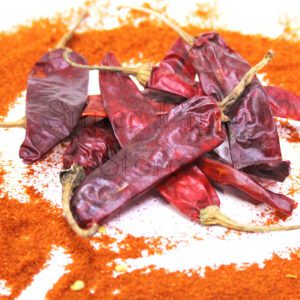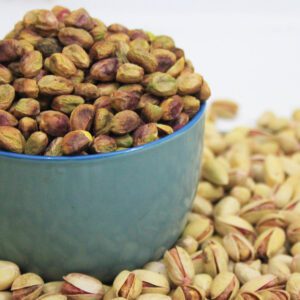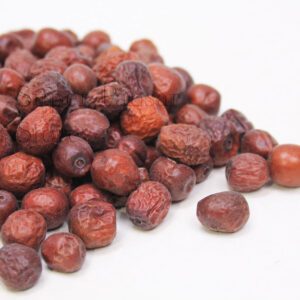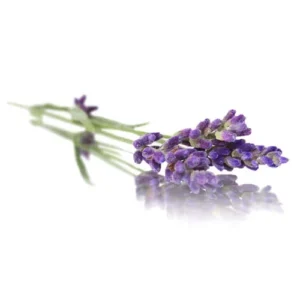Scincus scincus(Sandfish Skink/Raigh Mahi) ریگ ماہی
₨ 900 – ₨ 38,050
Pakistani rupee (₨) - PKR
Overview
Scincus scincus, commonly known as the sandfish or the common skink, is a species of skink native to desert regions of North Africa and Southwest Asia. It is known for its remarkable ability to “swim” through sand, which it accomplishes by moving in a sinusoidal motion akin to a fish. This unique form of locomotion allows it to move efficiently through loose sand, disappearing beneath the surface in a matter of seconds.
Benefits
Treatment of Skin Conditions:
In traditional medicine, dried skins are sometimes used topically to treat skin conditions such as eczema, psoriasis, and wounds. It is believed that the proteins and other compounds present in the skins may have soothing or healing properties. However, scientific evidence supporting the efficacy of this treatment is limited.
Joint and Muscle Pain Relief:
Some traditional remedies suggest that dried skins, when ingested or applied externally, may help alleviate joint pain, arthritis, and muscle aches. Again, these claims are often based on anecdotal evidence rather than scientific research.
Respiratory Conditions:
In certain cultures, dried skins are used as a remedy for respiratory ailments such as asthma or bronchitis. It is believed that the ingestion or inhalation of compounds from the skins may help alleviate symptoms. However, there is little scientific evidence to support these claims.
Nutritional Value:
While not necessarily a health benefit in the traditional sense, some cultures may consider dried skins to be a source of nutrition, particularly protein. However, the nutritional composition of dried skins may vary widely depending on the species and preparation method.
Uses
Traditional Medicine:
In certain cultures, various parts of Scincus scincus are used in traditional medicine to treat a range of ailments. This may include using dried or powdered skink for conditions such as asthma, arthritis, skin disorders, and even sexual health issues. However, it’s important to note that the efficacy of these traditional remedies is often based on anecdotal evidence and has not been scientifically proven.
Cultural and Ritual Practices:
Skinks, including Scincus scincus, may hold cultural significance in some communities and may be used in rituals or ceremonies. For example, they may be included in traditional ceremonies or used for symbolic purposes in cultural practices.
Food Source:
In some regions, skinks are consumed as a source of food. While not as common as other food sources, skinks may be consumed for their perceived nutritional value, including protein content. However, the consumption of skinks and other reptiles for food may raise concerns related to sustainability and conservation.
Research and Education:
Scincus scincus and other skink species are studied by researchers for various purposes, including understanding their biology, behavior, and adaptations to different environments. They may also be used in educational settings to teach students about reptiles, ecosystems, and biodiversity.
Biomimicry and Biomedical Research:
The unique locomotion of Scincus scincus, which allows it to move efficiently through sand, has inspired research in biomimicry and robotics. By studying the skink’s movements and biomechanics, researchers aim to develop technologies that can navigate challenging environments, such as sand or loose soil. Additionally, insights from studying skinks may have applications in biomedical research, such as understanding musculoskeletal disorders or designing prosthetic limbs.
Additional information
| Form | Whole (ثابت), Grounded (کٹی ہوئی), Powder (پسا ہوا) |
|---|---|
| Weight | 10 Grams, 25 Grams, 50 Grams, 250 Grams, 500 Grams |






